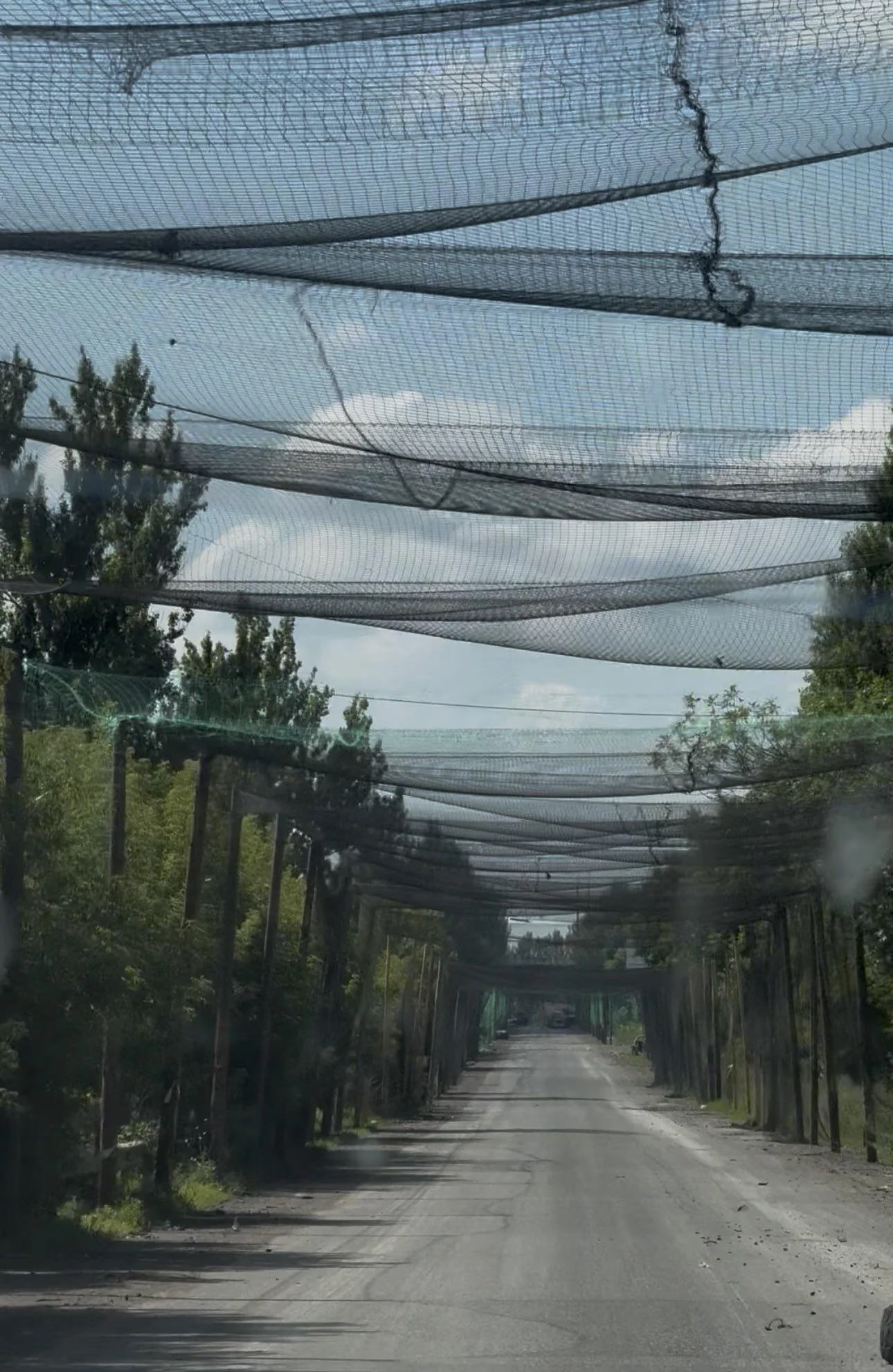The range of Russian drones has grown significantly, and it is now directly affecting the Ukrainian army’s supply lines. Routes for delivering ammunition and evacuating the wounded have become as dangerous as the front line itself.
"The enemy picks a stretch of road and turns it into a nightmare. Every vehicle that passes gets hit," said a Ukrainian army sergeant whose truck came under drone attack.
According to him, supply disruptions have become chronic: units wait more than a day for ammunition and cannot operate at full capacity. Medical evacuation has also become more difficult. Efforts to shield roads with anti-drone netting are proving ineffective—drones often strike the supporting poles, collapsing the structures and creating fresh obstacles. "We are constantly forced to repair the damaged supports," noted Vadym Filashkin, head of Donetsk region.
Lieutenant Colonel Dmytro Zaporizhets of the 11th Army Corps acknowledges that resources are insufficient to protect all supply routes. Modern air-defense systems and radars, including Israeli ones, cost millions of dollars and cover only a few kilometers. Electronic warfare systems are also expensive and in short supply. "With limited resources, we are forced into a firefighting mode," he said.
According to the officer, a year ago such attacks were rare, but now they have become systematic: waves of drones deliberately target roads, warehouses and evacuation routes. In recent months, Russia has shifted tactics: roads up to 30 kilometers behind the front line, once considered safe, are now under regular attack. The objective is to isolate Ukraine’s fortified positions in Donetsk region.
The military has also noted a new tactic: larger drones launch smaller kamikaze drones that strike vehicles. The "mother" drone also acts as a relay, maintaining communication with operators. Although 30 kilometers is within the range of conventional artillery, drones offer far greater precision, especially against moving targets such as trucks.
